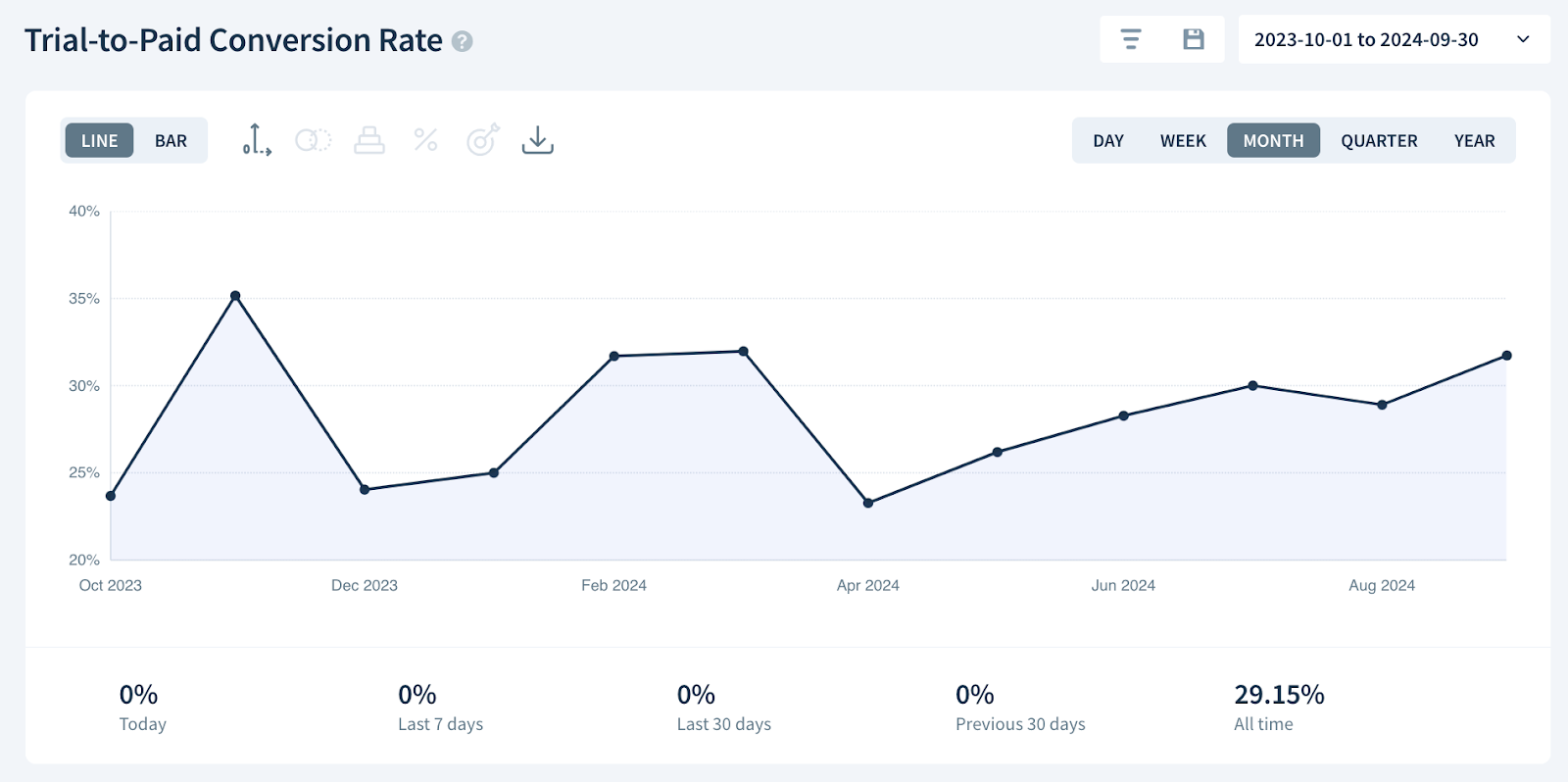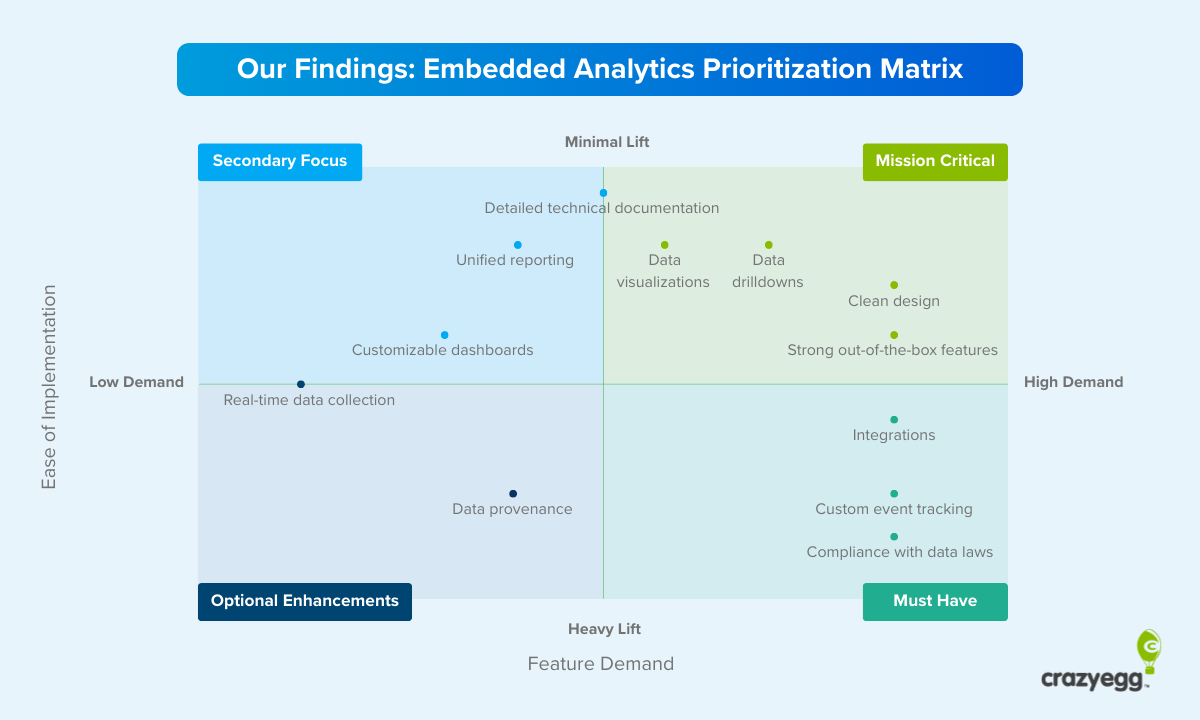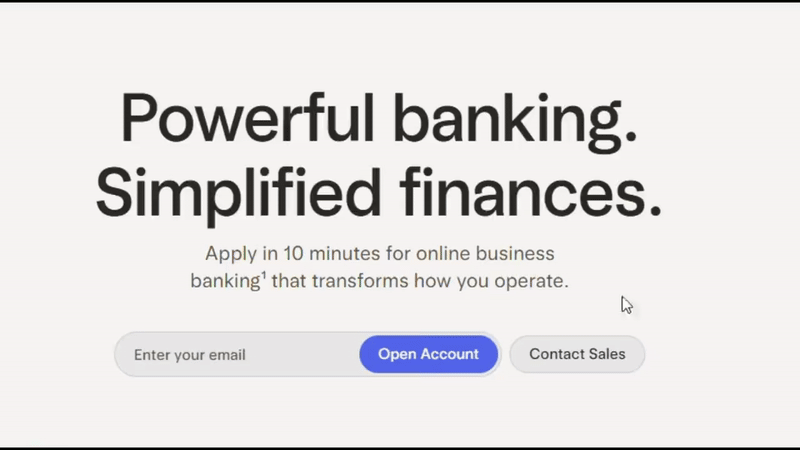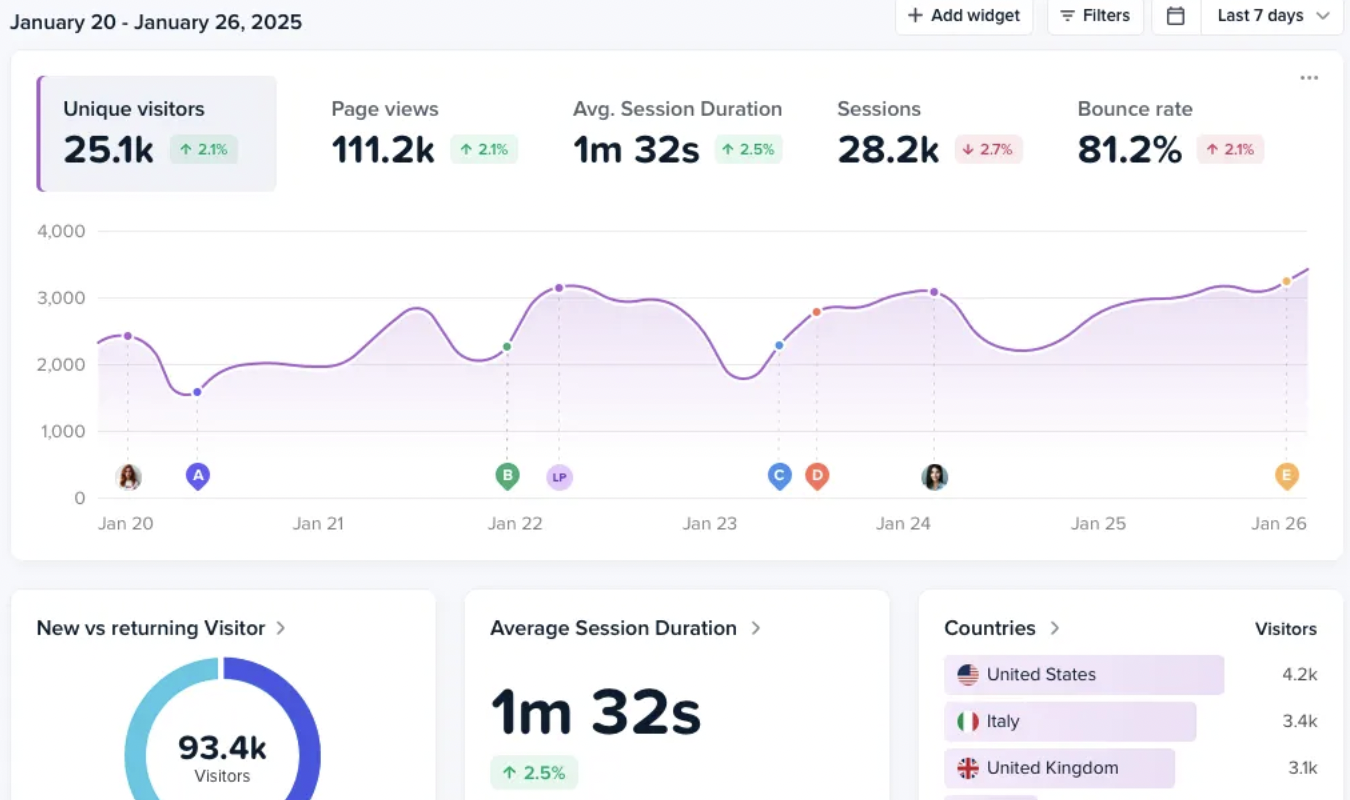What’s the benchmark tossed around out there for a free-to-paid conversion rate? How far calculation methodologies can accurately take your numbers? And where might exist room for optimization?
I’ve broken down those questions in detail, based on Kyle Poyar’s analysis of 1,000+ products (published on Lenny’s Newsletter) and FirstPageSage’s 4-year dataset from 86 SaaS companies, to share insights on what’s a good and great free-to-paid conversion rate.
Freemium vs. free trial effectiveness
To clarify, freemium and free trial models behave differently.
Freemium plans offer unlimited free use of a subset of features, pushing sign-ups but satisfying some folks permanently. On the other hand, free-trial models give full-feature access for a limited time so sign-up friction is higher but interested users convert more.
Meaning, a freemium-to-paid conversion rate is typically lower than a free-trial-to-paid conversion rate. Freemiums attract volume with low risk and few upgrades %. And, in comparison, free trials bring significantly fewer people but a much larger share of those pay up.
Databox found on a survey, conducted to SaaS professionals working with small and medium-sized businesses (SMBs), that free-to-paid conversions ranged between 3-10%, on average.
That number might be even lower for consumer products.
Because a free trial directly correlates with purchase likelihood (for example, internal evaluation and/or stakeholder buy-in), this model should demonstrate value and return on investment (ROI). It’s ideal for products where hands-on experience drives buying decisions.
Freemiums, though, work best for products with network effects and viral growth potential that benefit from free user bases that create value for paid users. It’s suitable for consumer apps with clear upgrade paths where usage naturally increases over time.
On LinkedIn, for instance, users build professional profiles and networks that make the platform worthy for premium subscribers. Like recruiters needing advanced search and outreach capabilities.
Free-to-paid conversion rate benchmarks
Conversion rates vary by industry, product type, business model, sales involvement, market trends, and user demographics. With so many variables at play, that’s 100s of combinations determining what constitutes “bad,” “average,” or “outstanding” performance.
Benchmarks are highly context-dependent. A 2% conversion rate might be phenomenal for a complex enterprise solution but concerning for a simple consumer app. What works for a freemium productivity tool may not apply to a high-touch B2B platform.
That said, while one shouldn’t chase someone else’s numbers, understanding industry patterns still gives you a starting point to evaluate your performance and identify optimization opportunities.
SaaS industry benchmarks show clear patterns by business model and customer segment. Freemium self-serve products typically see 3-5% conversion rates, with exceptional performers reaching 6-8%.
Sales-assisted freemiums perform better at 5-7% avg. and 10-15% for top performers. Trial conversions outperform freemium, with good performance at 8-12% and great performance at 15-25%.
Industry-specific data reveals variations within SaaS verticals.
CRM platforms lead with 29% trial-to-paid conversion, followed by HR software at 22.7% and AdTech at 24.3%. Healthcare and IoT sectors show strong performance above 21%, while enterprise software typically sees lower conversion rates around 18.6%.
All those benchmarks from FirstPageSage reflect varying customer decision-making processes and different product complexity levels.
| Business model | Good performance | Great performance |
|---|---|---|
| Free trial | 3-5% | 6-8% |
| Freemium | 8-12% | 15-25% |
| B2C subscription | 15-25% | 40-60% |
Business model performance comparison
Opt-out free trials dramatically outperform opt-in models, converting at 48.8% vs. 18.2%, respectively. This difference stems from the commitment created by requiring credit card information upfront. While opt-out SaaS trials see lower initial signup rates, the conversion quality more than compensates for reduced volume.
Freemium models trade conversion rate for reach, achieving broader user acquisition but lower monetization percentages. Traditional freemium sees 13.3% visitor-to-freemium conversion but only 2.6% freemium-to-paid conversion. This model works best for products where free users create value beyond direct revenue.
And B2C products outperform B2B in conversions. What this disparity reflects is just simpler purchase decisions, lower price points, and individual rather than organizational buying processes.
What factors influence free-to-paid %?
Factors impacting a company’s free-to-paid conversion rate include but aren’t limited to: product-market fit, user experience, trial design and trial format, lead quality, and specific customer segments.
For example, poor product fit or a confusing user interface (UI) will scare off prospects. The trial format also matters. Asking for credit card details up front (“opt-out”) weeds out tire-kickers and raises commitment, whereas no-card free trials (“opt-in”) convert less.
Trial length and feature set affect results too. Too-short trials can frustrate buyers, while too-long “unlimited” trials (freemiums) reduce urgency. Other factors include lead quality (source/channel of sign-ups) and customer segment. Putting it into perspective, developers or large enterprises often convert less than SMBs.
Free-to-paid conversion rate calculation
Here’s the math behind a free-to-paid conversion rate: Free-to-paid conversion rate = # of paid conversions within an XYZ-day cohort ÷ # of free sign-ups during the exact chosen measurement window.
| Free sign-ups | Paid conversions | Free-to-paid % |
|---|---|---|
| 500 | 50 | 50/500 = 0.10 → 10% |
You can either build a free-to-paid conversion calculator on Google Sheets and add filters to adjust personalized user segments and time windows, or do all that with software tools like ChartMogul.

Most companies use cohort-based analysis with 6-month time windows since this captures the full conversion timeline while giving enough statistically significant industry benchmarks.
Where I’ve seen people mess up is mixing different business models in averages (B2B SaaS converts differently than consumer apps, for example), using inconsistent time windows, and attribution problems when you can’t track users across touchpoints.
The technical stuff matters too. Bot traffic may inflate sign-up numbers without real conversion potential, and cookie consent requirements now block significant tracking data. You’ll need proper filtering and server-side tracking to get clean conversion rates.
Proven free-to-paid optimization strategies
Converting free users to paying customers follows a systematic process backed by behavioral psychology and conversion data. The idea is to identify which tactics generate relevant conversion lifts for your specific audience, then double down on what works.
Psychological triggers
Loss aversion works through trial countdown timers and “spots filling up” messaging that creates urgency. Social proof performs better with specific testimonials like “increased revenue by 34% in Q2” instead of generic praise. And the anchoring effect that makes a plan seem reasonable compared to other pricier subscriptions.
Time your conversion push
Most free-to-paid decisions happen within 72 hours, not at trial’s end. Trigger upgrade prompts after users hit activation milestones: completing their first project, inviting teammates, or using core features. Users who engage early are your best prospects, so focus your energy there instead of trying to revive dormant trials.
Optimize through testing
Small changes create massive revenue swings. A/B test CTA buttons. Reduce form fields ruthlessly. Each eliminated field can boost completions. Test dedicated mobile experiences versus just making your desktop version responsive. Consider testing one element at a time to isolate what actually moves the needle.
Simplify onboarding
Your trial’s first impression determines maybe not everything but a lot. Use progressive disclosure. Show one core feature at a time without overwhelming users with everything upfront. In-app tooltips and checklists guide users to their “aha moment” faster. Track where users drop off and eliminate those friction points.
Deploy strategic social proof
Generic testimonials don’t convert, specific success stories do. Share case studies from similar companies with concrete results: “Construction firm reduced project delays by 40%.” Time these stories strategically during the trial when users are evaluating fit. Email customer stories based on the user’s industry or use case.
Segment your leads
Not all free users deserve equal attention. Identify high-value prospects through engagement patterns, company size, or feature usage. Then prioritize accordingly. Send onboarding sequences to engaged users while keeping light touches for casual browsers. Focus on your limited time where it’ll generate the highest return.
Implementation roadmap for optimization
Here’s a 5-phase approach to systematically boost your conversion rates, from foundational tracking to advanced CRO optimization.
Foundation phase. Proper conversion tracking across all touchpoints, behavioral analytics implementation, and baseline metric establishment. These technical prerequisites enable accurate measurement of subsequent optimization efforts.
Quick wins. In this case, quick wins means focusing on signup flow optimization, exit-intent recovery systems, and onboarding progress indicators. Changes like these need minimal development resources and deliver free-to-paid conversion rate improvements.
Strategic optimization. It involves personalization based on user segments, trial length testing, and contextual upgrade prompt implementation. This phase requires deeper product integration but drives sustainable free-to-paid conversion rate improvements.
Advanced testing. Anything from pricing page optimization, psychological marketing strategies, and device-specific conversion flows. Reaching this stage helps you achieve conversion rates above industry benchmarks through systematic optimization.
Continuous improvement. Ongoing A/B testing frameworks, user feedback integration, and cohort analysis systems. Successful companies treat conversion optimization as an ongoing capability, refining approaches based on new data and market changes.
Free-to-paid conversion success factors
In broad terms, companies with the highest-performing free-to-paid conversion rates have these in common: conversion measurement using proper cohort analysis, systematic A/B testing programs, and a focus on delivering value before requesting upgrades to people.
There’s an embracement of the idea that free-to-paid conversion rate optimization needs both analytical rigor and psychological insight. Which combines data-driven decision making with deep understanding of customer profiles’ motivations and behaviors.
At the end of the day, relative success pretty much depends on matching the right business model to an organization’s product’s nature, experimenting with optimization strategies systematically, and prioritizing long-term customer value. Not short-term metrics.






